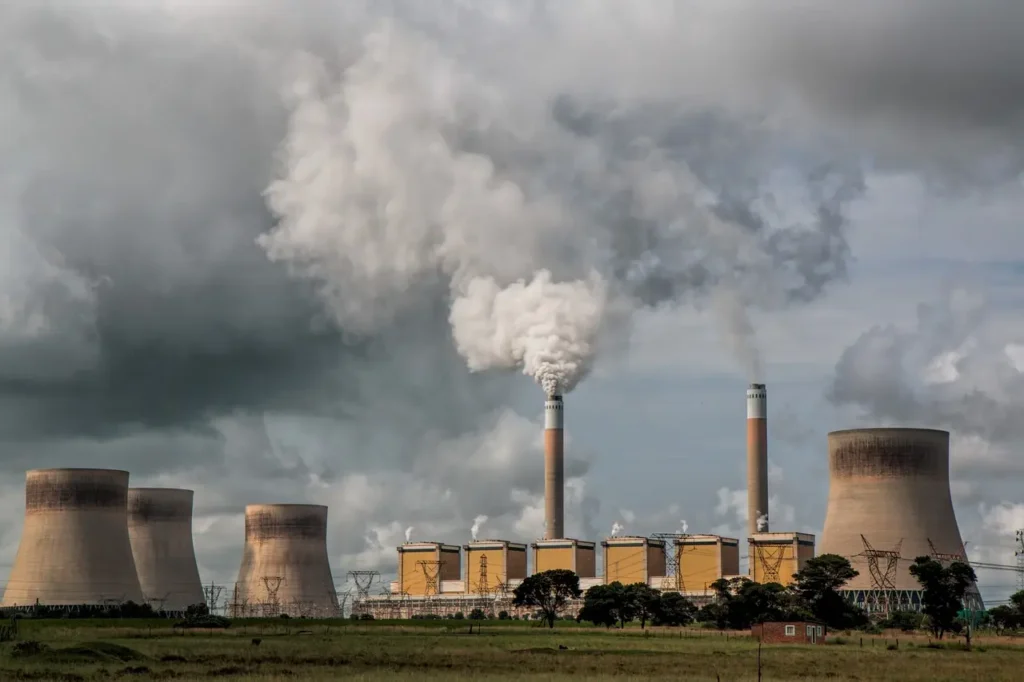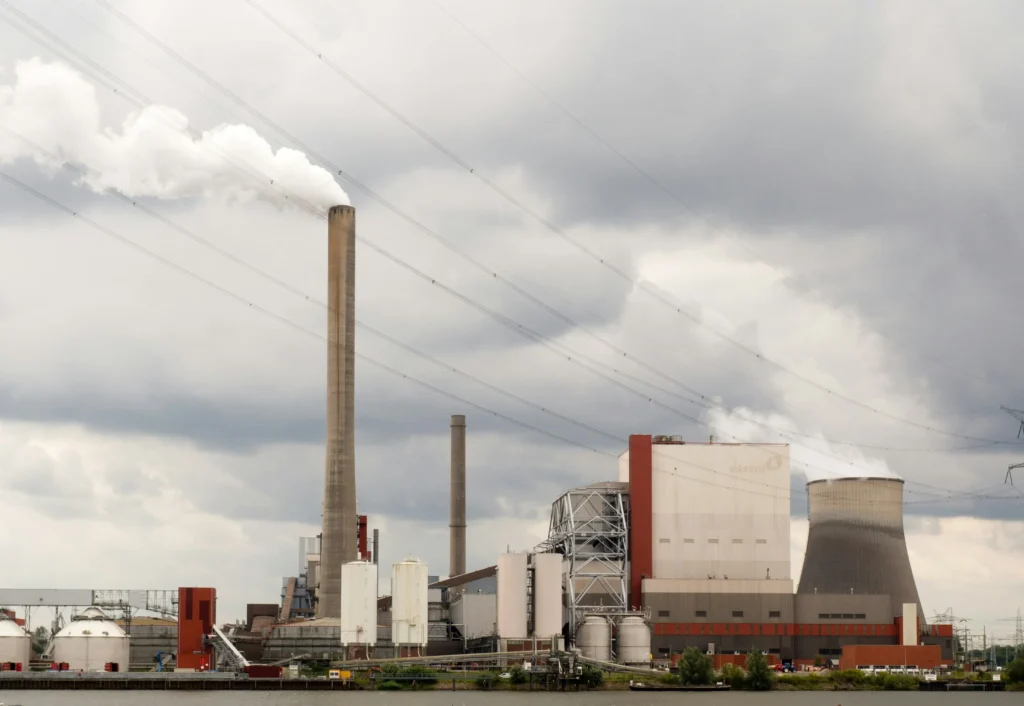
What Is Energy? Energy Explained
3 minute read • Last update March 2025

In this article
Energy refers to the ability or capacity to do work
Energy refers to the ability or capacity to do work or cause changes in a physical system.
Most people think of energy as the “fuel” or “power” that allows things to happen or work to be done.
Energy can be converted from one form to another, but is never created or destroyed. Instead, it is transferred or transformed from one object or system to another. For example, when you switch on a light bulb, electrical energy is converted into light energy.
Energy is a fundamental concept in physics and encompasses various forms that exist in our everyday lives, including:
- Kinetic or motion energy
- Thermal or heat energy
- Nuclear energy
- Potential energy
- Chemical energy
- Electrical energy
- Mechanical energy
- Light energy
- Gravitational energy
- Radiant energy
- Sound energy
Different forms of energy
Not all energy is the same—there are many different forms, each with unique characteristics and uses. Below, we break down the major types of energy, explaining how they work and where they come from.
| Type of Energy | Description | Examples |
|---|---|---|
| Kinetic energy | Energy of movement | A car driving down the road, a flowing river, a person running on the sidewalk |
| Thermal energy | Heat, or energy produced by the movement of particles within a substance. The faster they move, the hotter the object. | The Sun, fire, or friction between objects |
| Nuclear energy | Energy stored in the nucleus of an atom, released through reactions like fission and fusion | Occurs inside the Sun and nuclear reactors |
| Potential energy | Stored energy due to an object’s position or condition | A stretched rubber band, a compressed spring, or water behind a dam |
| Chemical energy | Energy stored in the bonds of molecules, released during chemical reactions | Batteries, food, and gasoline all undergo chemical reactions that generate energy |
| Electrical energy | Energy of moving electrons | Electricity that powers lighting, air conditioning, refrigerators, televisions, and more |
| Mechanical energy | Sum of kinetic and potential energy within a system | A spinning wind turbine |
| Light energy | Electromagnetic radiation travels in waves and can move through empty space | Light bulbs, the Sun, and fire all emit light energy |
| Gravitational energy | Potential energy stored in an object due to its position in a gravitational field, the higher an object is, the more gravitational energy it has | A rock perched high on a cliff |
| Radiant energy | Energy that travels in electromagnetic waves, including visible light, ultraviolet rays, and X-rays | The Sun emits radiant energy |
| Sound energy | Energy produced by vibrating objects | Musicians cause instruments to vibrate when playing, and the instruments emit sound energy. For example, when a drummer strikes a bongo. |
How energy is measured
There are several ways energy can be measured, depending on the context and form of energy used, including:
- Joule (J): The joule is the SI (International System of Units) unit of energy. It’s defined as the amount of energy transferred when a force of one newton is applied over a distance of one meter. The joule is a versatile unit and can be used to measure various forms of energy, including mechanical, thermal, and electrical energy.
- Kilowatt-hour (kWh): The kilowatt-hour is a unit commonly used for measuring electrical energy consumption. It represents the amount of energy consumed when a power of one kilowatt is used for one hour. It’s widely used in utility bills to measure electricity usage.
- British Thermal Unit (BTU): The British Thermal Unit is a unit of energy commonly used in the United States, particularly in the field of heating and cooling. It’s defined as the amount of heat required to raise the temperature of one pound of water by one degree Fahrenheit. One BTU is approximately equal to 1,055 joules.
- Electronvolt (eV): The electronvolt is a unit of energy commonly used in particle physics and atomic physics. It’s defined as the amount of energy gained by an electron when it’s accelerated through an electric potential difference of one volt. One electronvolt is approximately equal to 1.602 x 10^-19 joules.
Written by Graham Lumley
Graham Lumley, Digital Marketing Manager at BKV Energy, leads digital and traditional marketing strategies, focusing on educating Texans about the state's deregulated energy market. With over 8 years of marketing experience, he creates content to help consumers understand and save on their energy bills, bringing a fresh and dynamic approach to the industry.
Related articles

Is Coal Renewable?
3 minute readCoal is a natural energy source that has played a crucial role in powering human development for centuries. It forms deep within the Earth over millions of years through an intricate process involving the decomposition of plant material under heat and pressure. Despite its natural formation, the process is too…
Get $50 off your electric bill!
Use code BKVEJOINUS50
Enter your zip code to shop BKV Energy's affordable, fixed-rate Texas electricity plans. Use the promo code for $50 off your electric bill.
